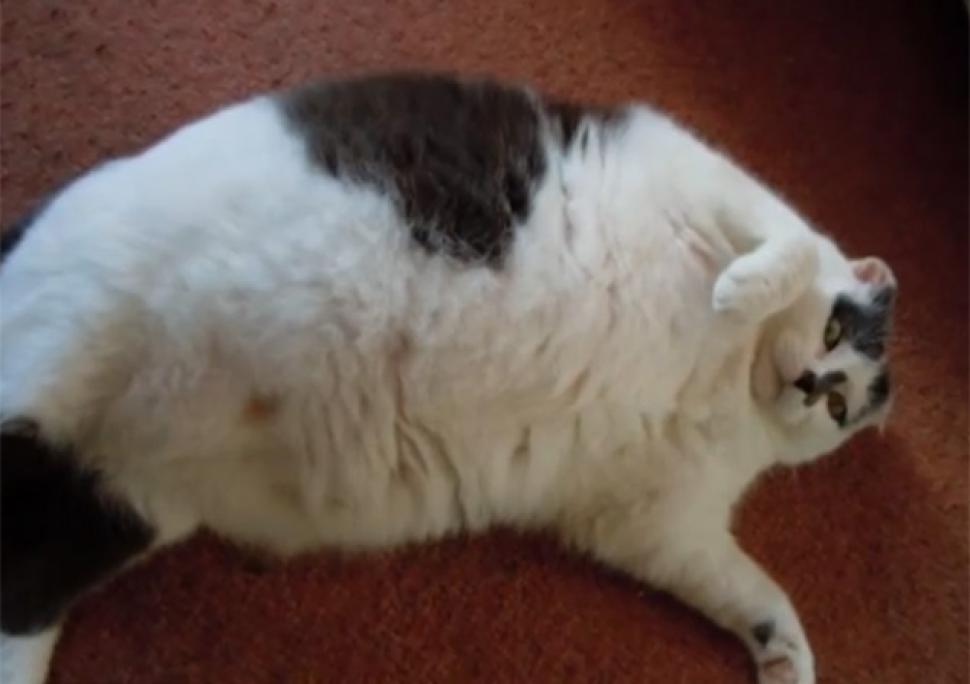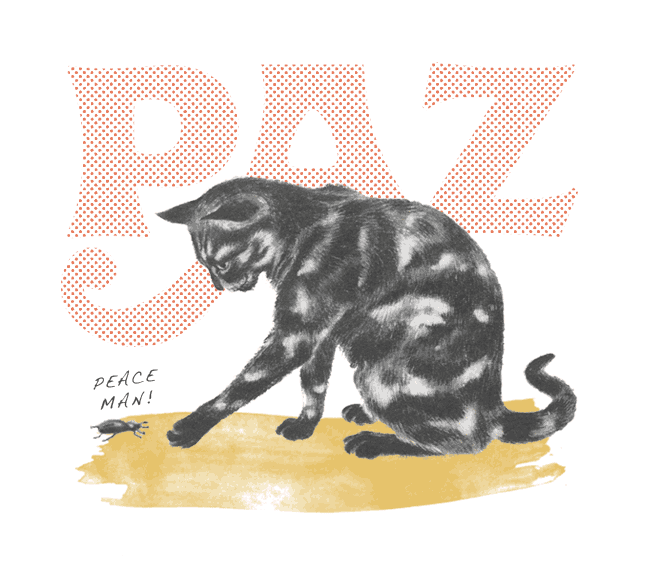(sometimes I rhyme slow, sometimes I rhyme quick)
Post by Dr. Jamie Senthirajah
Diabetes Mellitus Overview
Diabetes mellitus is one of the more common diseases that affects cats. Cats with diabetes have an overabundance of glucose circulating in the bloodstream (hyperglycemia). However, more often than not, there is insulin resistance, rather than a lack of insulin production present. Insulin is a hormone produced by the pancreas and its purpose is to import glucose from the bloodstream to the cells so it can be used for energy. Without this needed insulin, the cells in the body feel starved, as there is no glucose to be utilized. Animals will then break down fat and protein for energy. Insulin resistance is influenced by many factors, but obesity is one of the most common causes. Obese cats are four-times more likely to develop diabetes than cats at a proper weight. Cats older than 7-years-of-age, male cats, and inactive cats are also predisposed.
With hyperglycemia, glucose can overpower the kidney. As a result, cats will drink, and consequently, urinate more. You may also see lethargy and weight loss despite increased eating. Again, this is because the cells in the body are starved for energy. Cats are also unique in that some cats will appear to walking on their ankles (plantigrade stance). These will often prompt a client to seek veterinary attention for their cat.
Diabetic Diagnostics – Initial testing of a suspected diabetic cat includes a thorough physical exam, bloodwork, and urine testing. A specialized blood test called serum fructosamine is often performed; this test is indicative of the blood glucose levels over the previous weeks as opposed to a spot (one-time) glucose check, which may be elevated if your cat is stressed or excited. Who can blame the excitement with you in their life?!
Insulin Therapy – Insulin is the mainstay in treatment for most diabetic patients. There are numerous types of insulin, so as always here at PAZ Veterinary, we will discuss the options with you to decide what is best for your pet. Current recommendations are to give your pet insulin injections twice daily (every 12 hours). The main goal of insulin therapy is to reduce the amount of glucose in the bloodstream, and subsequently, the clinical signs that are associated with diabetes. A low insulin dose is initially prescribed because too much insulin can drastically cause low blood sugar (hypoglycemia), which can cause severe signs such as seizures, and weakness, etc. Consequently, adequate blood glucose monitoring in diabetic, especially newly diabetic cats, is critical.
Diet – Diet in a newly diagnosed diabetic is crucial to help curtail any obesity and associated insulin-resistance that may be present. Body weight should be checked every 1-2 weeks. A diet low in carbohydrates is ideal as it better regulates insulin and glucose regulation. Low carbohydrate diets will help reduce the amount of glucose absorbed from the GI tract, and thus, reduce the insulin requirements. A diabetic cat should be fed at least twice daily. Free-choice feeding is not ideal, as it can promote further hyperglycemia, unless circumstances deem it appropriate.
Initial Diabetic Monitoring – Your cat should be re-evaluated 5-10 days after treatment institution. A 12-hour blood-glucose curve (serial glucose testing throughout the day) will be performed at that time and insulin dosage adjustments, if necessary, will be recommended. Another blood-glucose curve and necessary insulin adjustments will be performed three weeks after treatment institution.
Long-Term Diabetic Monitoring – Long-term diabetic monitoring includes evaluating your cat’s activity level, water intake, urine production, appetite, body weight, and insulin administration, as well as, having urine testing and bloodwork/glucose testing done with your veterinarian. The frequency on how often your cat needs to come to the clinic may vary depending on disease severity, but you should expect to have clinic visits approximately once to twice a month for the first four months, with frequency decreasing to once every 1-4 months depending on how well regulated your cat’s diabetes is.
Diabetic Remission – With adequate weight loss, if necessary, and insulin and diet change treatments, a relatively large proportion of cats may go into diabetic remission! This means that your kitty is now able to regulate their blood sugar without insulin injections. We will help you get your furry family member on the right path so they can go back to being a sweet, but not too sweet, kitty!







